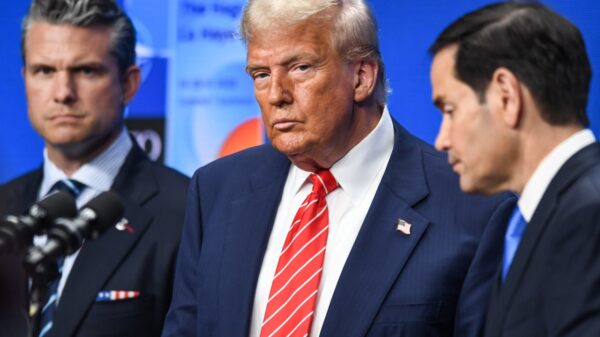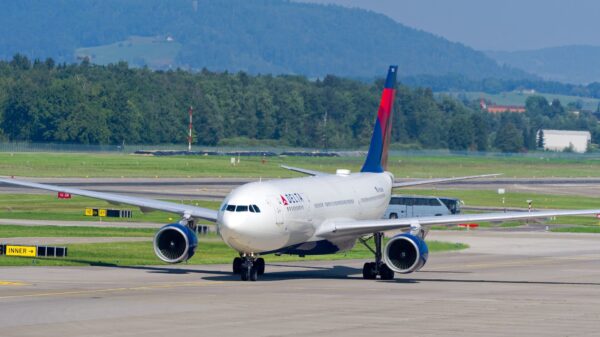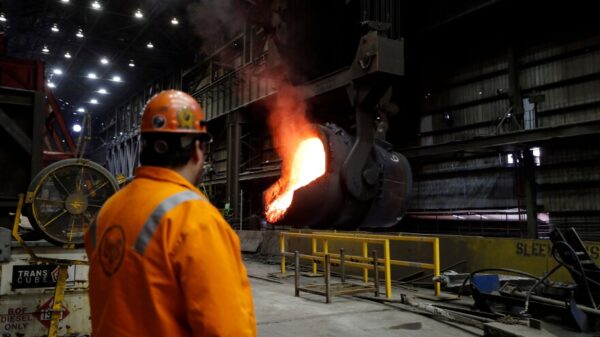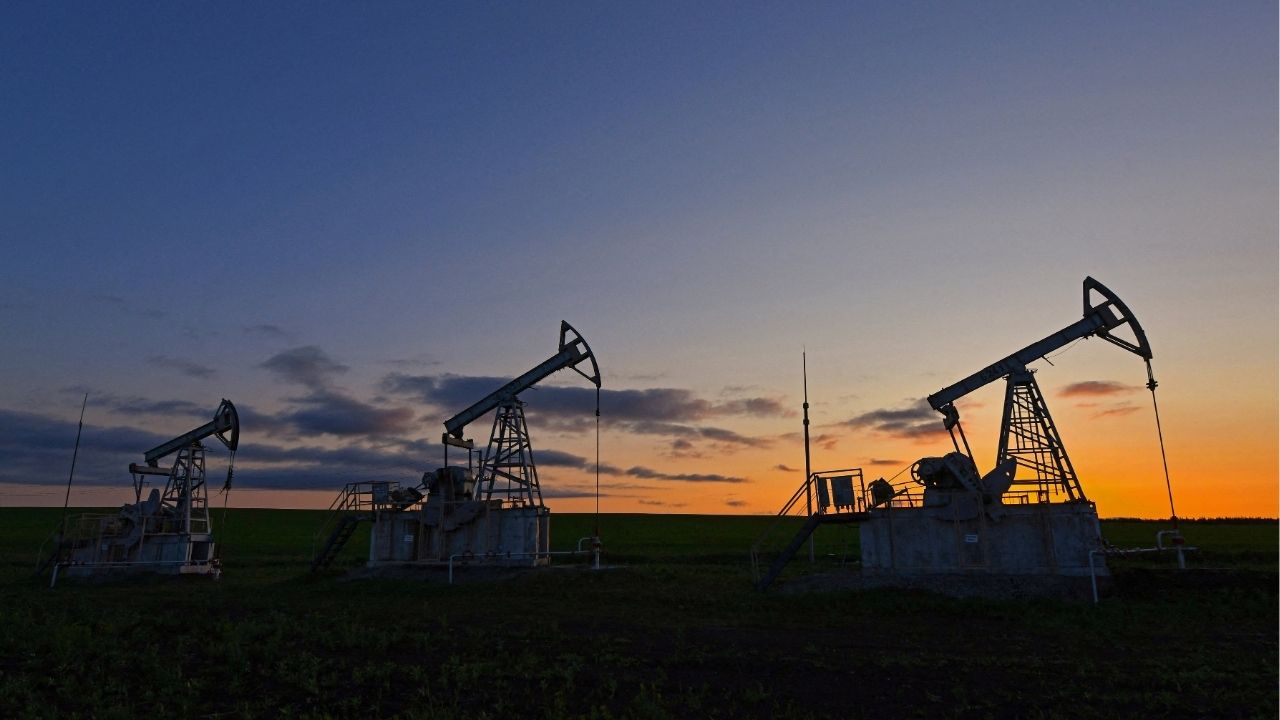Oil prices increased by more than 2% on Friday as investors assessed a tightening short-term market against forecasts of a potential surplus later in the year. This rise came amid ongoing discussions about U.S. tariffs and possible sanctions on Russia, which have contributed to market volatility.
By 1:22 p.m. EDT (1722 GMT), Brent crude futures had risen by $1.68, or 2.5%, reaching $70.32 per barrel. Meanwhile, U.S. West Texas Intermediate (WTI) crude gained $1.83, or 2.8%, bringing its price to $68.40 per barrel. At these levels, Brent is poised for a 2.9% weekly gain, while WTI is up approximately 2% from the previous week’s close.
The International Energy Agency (IEA) stated on Friday that the global oil market might be tighter than initially expected, with demand bolstered by peak summer refinery runs aimed at meeting travel and power generation needs. At the same time, front-month September Brent contracts were trading at a $1.22 premium over October futures.
Analysts from energy advisory firm Ritterbusch and Associates noted that “crude values are supported by perceptions of a major tightening in the balances,” highlighting the significant spread curves that explain this situation.
In a sign of potential future supply constraints, U.S. energy firms reported a reduction in the number of oil and natural gas rigs operating, marking the 11th consecutive week of declines. This is the longest stretch since July 2020, when the COVID-19 pandemic severely impacted demand, according to energy services firm Baker Hughes.
Despite the short-term tightness in the market, the IEA has adjusted its supply growth forecast upward while simultaneously lowering its demand growth outlook, suggesting a possible market surplus. Analysts from Commerzbank warned that “OPEC+ will quickly and significantly turn up the oil tap,” indicating a risk of substantial oversupply in the near future, although prices are currently supported.
One factor contributing to the short-term price outlook is the statement from Russian Deputy Prime Minister Alexander Novak, who confirmed that Russia will compensate for overproduction against its OPEC+ quota during August and September.
Supporting the narrative of robust short-term demand, reports indicate that Saudi Arabia is set to ship approximately 51 million barrels of crude oil to China in August, marking the largest shipment to the country in over two years.
Looking ahead, OPEC has revised its forecasts for global oil demand from 2026 to 2029, reflecting concerns about slowing demand from China, as outlined in its recent World Oil Outlook.
Both benchmark futures contracts experienced a decline of over 2% on Thursday as investors reacted to uncertainties surrounding U.S. President Donald Trump‘s shifting tariff policies and their potential impact on global economic growth and oil demand. The situation has shifted somewhat, with prices rebounding as Trump announced plans to deliver a “major” statement regarding Russia on Monday. Analysts at ING noted that this announcement could keep the market on edge regarding further sanctions against Russia.
Trump has expressed frustration with Russian President Vladimir Putin over the lack of progress in diplomatic efforts to end the conflict in Ukraine, as well as Russia’s intensified military actions against Ukrainian cities. In response to ongoing geopolitical tensions, the European Commission is expected to propose a floating price cap on Russian oil as part of a new sanctions package.
As the market navigates these complex dynamics, the future of oil prices remains closely tied to evolving geopolitical situations and production decisions from key players in the industry.




































































